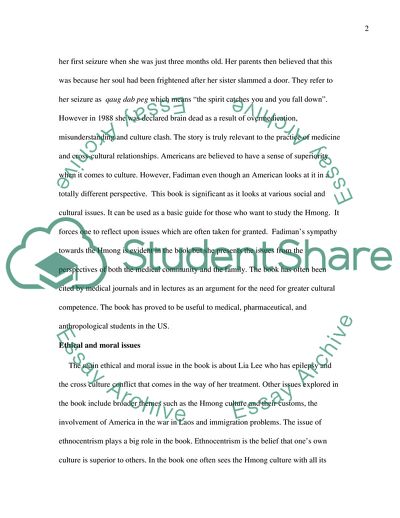Cite this document
(Ethical Analysis of Independent Reading of The Spirit Catches Book Report/Review Example | Topics and Well Written Essays - 1750 words, n.d.)
Ethical Analysis of Independent Reading of The Spirit Catches Book Report/Review Example | Topics and Well Written Essays - 1750 words. https://studentshare.org/ethics/1732729-ethical-analysis-of-independent-reading
Ethical Analysis of Independent Reading of The Spirit Catches Book Report/Review Example | Topics and Well Written Essays - 1750 words. https://studentshare.org/ethics/1732729-ethical-analysis-of-independent-reading
(Ethical Analysis of Independent Reading of The Spirit Catches Book Report/Review Example | Topics and Well Written Essays - 1750 Words)
Ethical Analysis of Independent Reading of The Spirit Catches Book Report/Review Example | Topics and Well Written Essays - 1750 Words. https://studentshare.org/ethics/1732729-ethical-analysis-of-independent-reading.
Ethical Analysis of Independent Reading of The Spirit Catches Book Report/Review Example | Topics and Well Written Essays - 1750 Words. https://studentshare.org/ethics/1732729-ethical-analysis-of-independent-reading.
“Ethical Analysis of Independent Reading of The Spirit Catches Book Report/Review Example | Topics and Well Written Essays - 1750 Words”. https://studentshare.org/ethics/1732729-ethical-analysis-of-independent-reading.


